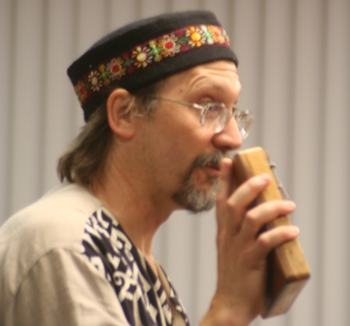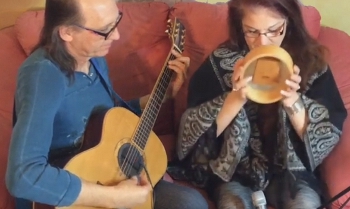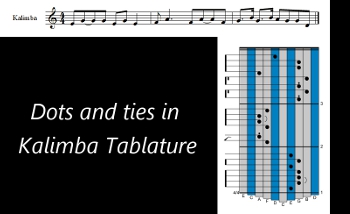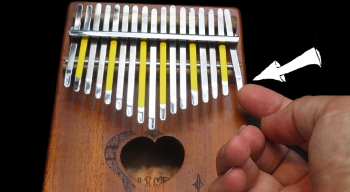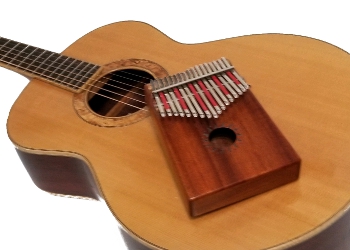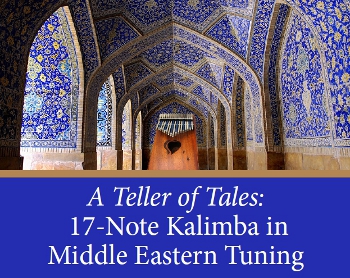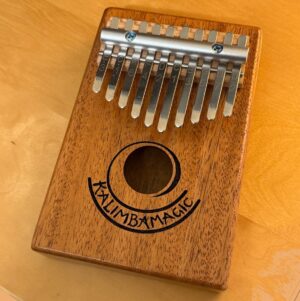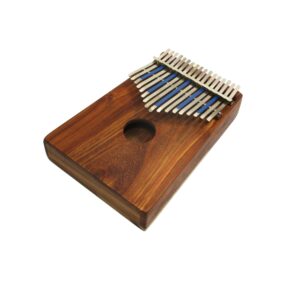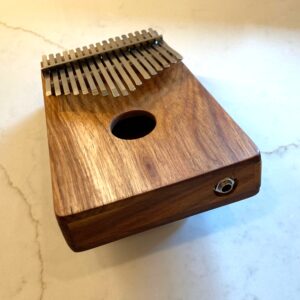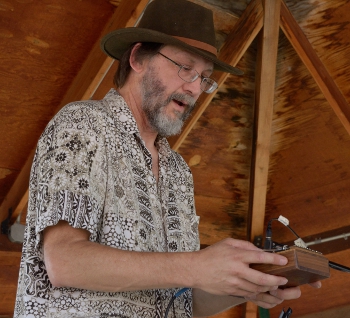
Selecting Songs for a Kalimba Performance
From my experiences in the past One kalimba associate asks: “How do I choose the songs to play at my kalimba performance?” Well, you want songs that connect with meaning and significance to you… and also to your audience. Even though your kalimba is probably not a traditional African instrument, I ask you to consider it nonetheless as a sacred instrument, capable of touching people, moving people, healing people, and helping people be their best. Of course, that means both the musician and the audience. Seemingly a tall order, but the magical kalimba is suited for it. And the songs you choose can play into this narrative. You can
